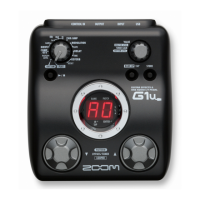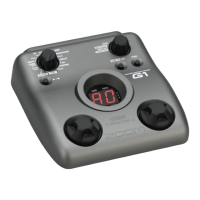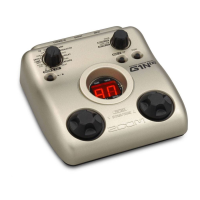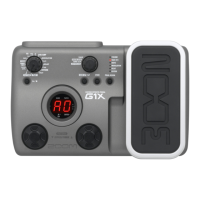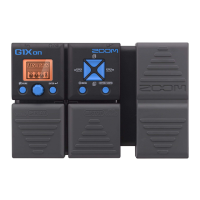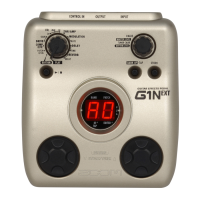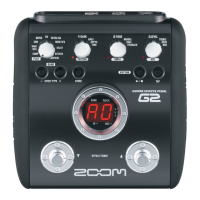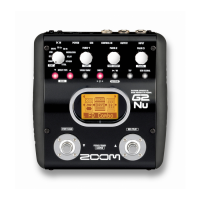Operation Manual
© ZOOM Corporation
Reproduction of this manual, in whole or in part,
by any means, is prohibited.
Thank you for selecting the ZOOM G1u (hereafter simply called the "G1u").
Please take the time to read this manual carefully to get the most out of the
unit and to ensure optimum performance and reliability.
Keep this manual at hand for future reference.
SAFETY PRECAUTIONS / Usage Precautions · · · · · 2
Terms Used in This Manual ··················3
Controls and Functions / Connections · · · · · · · · · 4
Selecting a Patch for Playing · · · · · · · · · · · · · · · · 6
Using the Tuner ····························8
Using the Rhythm Function · · · · · · · · · · · · · · · · · 10
Using the Looping Function · · · · · · · · · · · · · · · · · 12
Editing a Patch · · · · · · · · · · · · · · · · · · · · · · · · · · · 14
Storing/Copying Patches · · · · · · · · · · · · · · · · · · · 16
Restoring Factory Defaults ·················17
Changing the Way Patches Are Called Up ······18
Using a Foot Switch or Pedal ················18
Using a foot switch ·······················18
Using an expression pedal · · · · · · · · · · · · · · · · ·19
Using the G1u as an Audio Interface · · · · · · · · · · 20
About ZFX Tools · · · · · · · · · · · · · · · · · · · · · · · · ·20
Effect Types and Parameters · · · · · · · · · · · · · · · · 21
Explanation of symbols ····················21
PATCH LEVEL ··························21
COMP/EFX module ·····················21
DRIVE module ·························22
EQ module ····························23
ZNR/AMP module · · · · · · · · · · · · · · · · · · · · · ·23
MODULATION module ··················24
DELAY module · · · · · · · · · · · · · · · · · · · · · · · · ·25
REVERB module ·······················26
Rhythm Function Preset Patterns ············27
Checking the G1u Version · · · · · · · · · · · · · · · · · · 27
Troubleshooting · · · · · · · · · · · · · · · · · · · · · · · · · · 27
Specifications · · · · · · · · · · · · · · · · · · · · Rear cover
Contents
